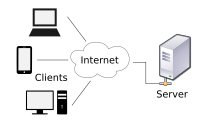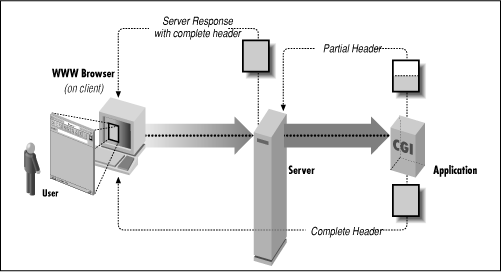Chain letter
A typical
chain letter consists of a
message that attempts to convince the recipient to make a number of copies of the
letter and then pass them on to as many recipients as possible. In reality, the "chain" is actually a geometrically progressing pyramid that cannot be sustained indefinitely. Common methods used in chain letters include
emotionally manipulative stories,
get-rich-quick pyramid schemes, and the exploitation of
superstition to threaten the recipient with bad luck or even physical violence or death if he or she "breaks the chain" and refuses to adhere to the conditions set out in the letter. Chain letters started as actual letters that one received in the mail. Today, chain letters are generally no longer actual letters. They are sent through email messages, postings on
social network sites, and text messages.
There are two main types of chain letters:
- Hoaxes - Hoaxes attempt to trick or defraud users. A hoax could be malicious, instructing users to delete a file necessary to the operating system by claiming it is a virus. It could also be a scam that convinces users to send money or personal information. Phishing attacks could fall into this.
- Urban legends - Urban legends are designed to be redistributed and usually warn users of a threat or claim to be notifying them of important or urgent information. Another common form are the emails that promise users monetary rewards for forwarding the message or suggest that they are signing something that will be submitted to a particular group. Urban legends usually have no negative effect aside from wasted time.
In the United States, chain letters that request money or other items of value and promise a substantial return to the participants (such as the infamous
Make Money Fast scheme) are illegal.
[1]
Some colleges and military bases have passed regulations stating that in the private mail of college students and military personnel, respectively, chain letters are not authorized and will be thrown out. However, it is often difficult to distinguish chain letters from genuine correspondence.




